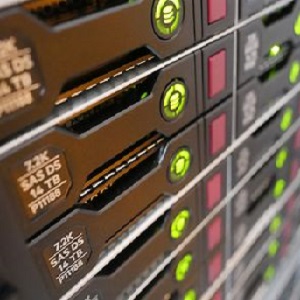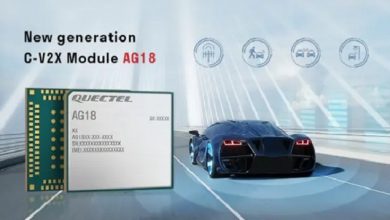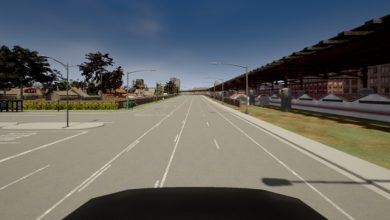Continental sets up its supercomputer for vehicle AI system training, powered by NVIDIA DGX

Continental has set up its own supercomputer for vehicle artificial intelligence (AI) system training. It is powered by NVIDIA InfiniBand-connected DGX systems. The system has been setup at datacenter in Frankfurt, Germany, where it has been operating since the beginning of 2020 and is offering computing power as well as storage to developers in locations worldwide.
IT masterpiece for AI based solutions
Continental’s supercomputer is built with more than 50 NVIDIA DGX systems, connected with the NVIDIA Mellanox InfiniBand network. It is ranked according to the publicly available list of TOP500 supercomputers as the top system in the automotive industry. A hybrid approach has been chosen to be ready to extend capacity and storage through cloud solutions if needed.
Main use cases: Deep Learning, Simulation and Virtual Data Generation
With Deep Learning, an artificial neural network enables the machine to find out by experience and connect new information with existing knowledge, essentially imitating the training process within the human brain. The NVIDIA DGX POD not only reduces the time needed for a complex process, but it also reduces the time to market for new technologies.
To date, the data used for training those neural networks comes mainly from the Continental test vehicle fleet. Currently, they drive around 15,000 test kilometers every day, collecting around 100 terabytes of data – equivalent to 50,000 hours of movies. Already, the recorded data can be used to train new systems by being replayed and thus simulating physical test drives. With the supercomputer, data can now be generated synthetically, a highly computing power-consuming use case that allows systems to learn from travelling virtually through a simulated environment.
This can have several advantages for the development process: Firstly, over the long run, it might make a recording, storing, and mining the data generated by the physical fleet unnecessary, as necessary training scenarios can be created instantly on the system itself. Secondly, it enhances speed, as virtual vehicles can travel an equivalent number of test kilometers during a few hours that might take a real car several weeks. Thirdly, the synthetic generation of data makes it possible for systems to process and react to changing and unpredictable situations. Ultimately, this will allow vehicles to navigate safely through changing and extreme weather conditions or make reliable forecasts of pedestrian movements – thus paving the way to higher levels of automation.
The ability to scale was one of the main drivers behind the conception of the NVIDIA DGX POD. Through technology, machines can learn faster, better and more comprehensively than through any human-controlled method, with potential performance growing exponentially with every evolutionary step.
The supercomputer is located in a data center in Frankfurt, which has been chosen for its proximity to cloud providers and, more importantly, its AI-ready environment, fulfilling specific requirements regarding cooling systems, connectivity and power supply. Certified green energy is being used to power the computer, with GPU clusters being much more energy-efficient than CPU clusters by design.





